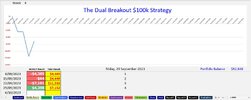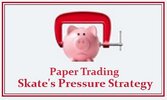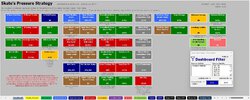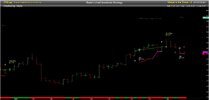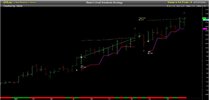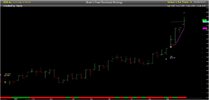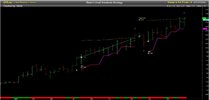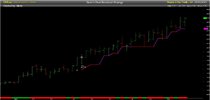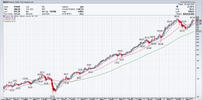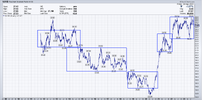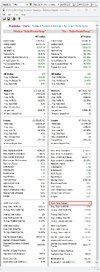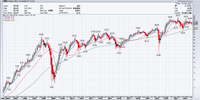- Joined
- 8 June 2008
- Posts
- 13,309
- Reactions
- 19,682
A simple but fair way to indeed help in this choiceHi Skate....
May as well add my mantra to the "When to Buy/Sell Conundrum"....
One of the problems traders continually have trouble with is, "To Sell, or not to Sell & to Buy, or not to Buy"- So Traders should IMO, ask themselves the following Questions.
Lets assume you currently hold a particular stock, then you should, after doing your research, ask yourself the following Questions -
"If I did not own this stock right now, would I buy it", - If the answer is that you would buy, then you should probably hold - HOWEVER, if the answer is that you would not buy now, then you should probably Sell ASAP......
OR....
Lets assume you currently do Not Hold a particular stock, then you should, after doing your research, ask yourself the following Questions -
"If I did own this stock right now, would I Sell it", - If the answer is that you would Sell, then you should probably not Buy - HOWEVER, if the answer is that you would buy now, then you should probably Buy ASAP......
Mind bending stuff - Bit like the 1950's Abbott & Costello performance of "Who's on First"...
BUT DYOR.




